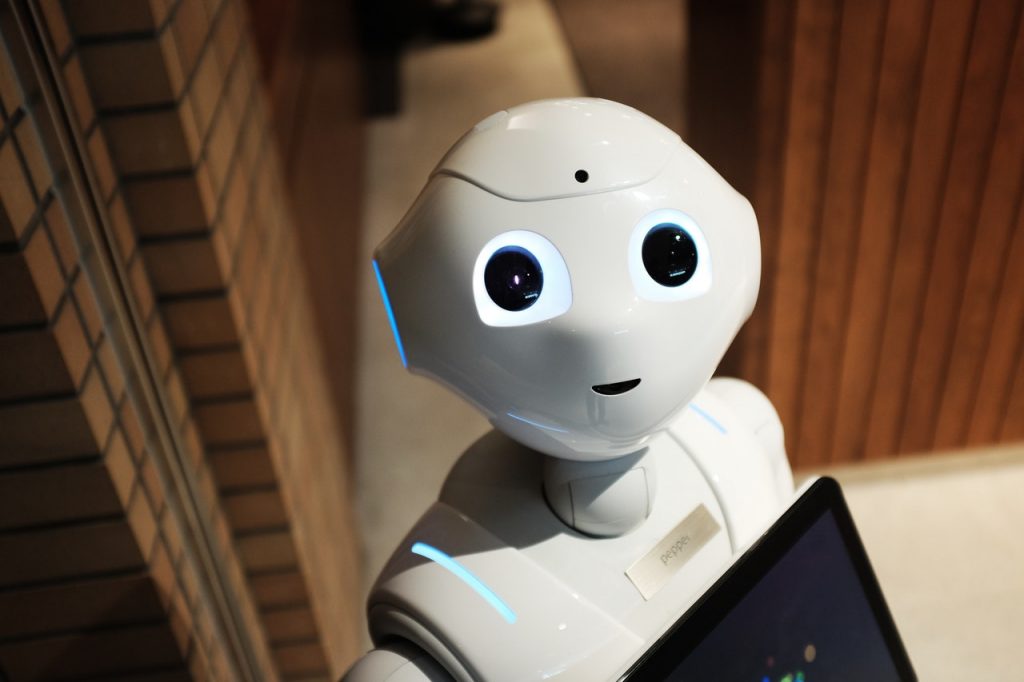
Robotics Assist Chronically Ill Kids Go To School
Over the past century, American schools have actually incorporated an ever-more-diverse group of trainees. Racial combination is most popular, however it’s not simply Native Americans, blacks and Latinos who have actually been brought into public education. Schools today serve kids with conditions on the autism spectrum, Down syndrome and lots of other medical problems. However there is one group of kids who still can not participate in school: those with severe persistent health problems.
These homebound trainees, who might have cancer, cardiovascular disease, body immune system conditions or other health problems, seem the last omitted population in the United States education system. Up until just recently, there has actually not been a method to include them in school and thus prefer the year 9 tutor to visit their home instead, without terrific danger to their health. Innovation has actually provided us a brand-new, effective choice to lastly consist of these trainees– the telepresence robotic.
Telepresence robotics permit their users to see, hear, move and connect in real time with individuals in distant locations. They use a method to lastly consist of chronically ill kids in conventional school discovering environments. The homebound kid runs the robotic from house, setting a rolling camera-speaker-screen in motion to take part in little seminar, travel from class to class, sign up with buddies at recess or lunch break as well as go to after-school and after-school activities, such as choir or Boy Scouts.
Our preliminary research study reveals that the robotics assist trainees conquer seclusion and are accepted by the majority of schoolmates. And most importantly, they assist trainees stay up to date with their peers in schoolwork. One instructor in our research study stated the robotic assists a remote trainee academically due to the fact that “he has to understand his portions [for] when he returns to school.”
Benefiting all trainees
There are as numerous as a million American trainees homebound because of serious health problem. They are not covered by any federal education standards and state standards are irregular. Even the sweeping federal People with Specials needs Education Act overlooks this group of trainees.
Typically, the very best these trainees can wish for is that their school district will send out a taking a trip instructor to their the home of supply private tutoring with a math tutor for one to 5 hours weekly. While this is better than nothing, it is not even near a sufficient replacement for the academic and social advantages of day-to-day involvement in the class.
House direction services do not normally consider homebound trainees’ general scholastic or social requirements. We were just recently gotten in touch with by a lawyer in New Jersey representing a 16-year-old trainee with numerous health problems. The trainee is anticipated to be from school for more than one complete academic year. His school district has actually chosen not to permit school presence through robotic. His moms and dads are so worried about their kid’s seclusion they have actually litigated to attempt to require a modification.
Making a distinction
Robotics can truly assist ill trainees. Daniel is a 6th grader with cancer whose case we evaluated. He was too ill to go to class, and his household had problem spending for child care throughout the day while his moms and dads were at work. As a result, he invested most days in the house alone. He was stopping working in school, totally separated from his buddies and ended up being depressed.
Daniel’s very first school district would not enable him to utilize a telepresence robotic, so his household transferred to a school district that would. When he began to go to school from house through robotic, he grew. He caught up in school, passed 6th grade, taken pleasure in “hanging out” with his schoolmates and began to feel a lot more positive about life.
The schoolmates of chronically ill kids like Daniel appear to benefit also. Trainees do not need to question exactly what took place to their schoolmate, or experience a long lack as something like a disappearance. And the homebound trainee can continue adding to the class environment. In addition, naturally, all trainees– and instructors– get direct experience with ingenious robotic innovation.
Innovation is the option and the issue
One factor telepresence robotics aren’t more commonly utilized might be monetary. Schools get state and federal financing based upon the typical day-to-day participation of the trainees they serve. In a variety of states, house direction services are consisted of as part of that estimation, however school presence through telepresence robotic is not.
In California, for instance, if a district sends out a tutor for an overall of 5 hours weekly to a trainee’s home, the district will get the exact same quantity of cash as if that trainee remained in class for 5 complete days. Simply one hour of house guideline is thought about comparable– for financing functions– to a complete day of school presence. And California districts do not get any financing for trainees utilizing telepresence robotics, even if a trainee were to utilize a robotic to participate in class all the time every day of the week.
Nevertheless, we have actually discovered that the greatest factor for not utilizing the robotic is worry of threat. Lots of school districts inform us they are fretted that the robotic’s video camera, which predicts class occasions however does not tape-record them, might permit moms and dads or other grownups in the home of observe class guideline and maybe review it. The innovation that assists a homebound trainee go to school likewise produces issues about instructor and schoolmate personal privacy. Educators have to comprehend the innovation and discover methods to guarantee trainee personal privacy in both the house and the class.

